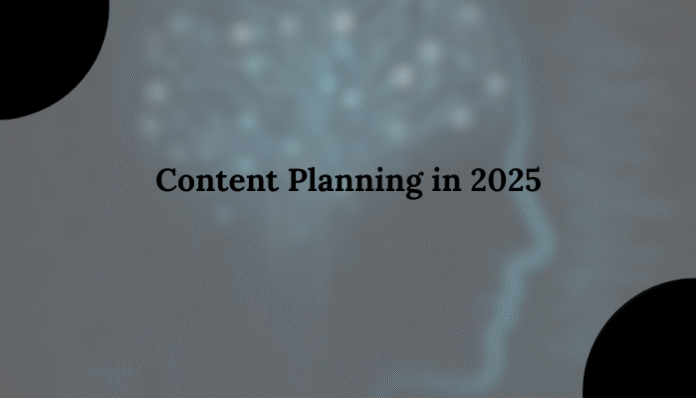The landscape of content marketing is experiencing a powerful transformation. Traditional tools like predictive AI once defined how marketers approached strategy—using historical data to determine what might work next. But in today’s fast-paced digital world, planning alone isn’t enough. Generative AI is now playing a central role, not only in shaping strategy but also in executing it, making content creation faster, more adaptable, and significantly more creative. This article explores the uses and application of generative vs predictive AI.
As we look ahead in 2025, content planning has evolved from static roadmaps into living systems. Businesses no longer have the luxury of simply anticipating consumer needs—they must respond in real time, and this is where generative AI shines.
What Predictive AI Offers—and Where It Falls Short
Predictive AI has been a foundational element in marketing for years. Its strength lies in processing historical data, identifying trends, and making forecasts. It can help teams understand when to publish, which formats perform well, or what keywords might trend next quarter.
But there’s a critical limitation: predictive AI can’t create. It can suggest content themes or indicate where engagement is likely, but it leaves a gap between insight and execution. For marketing teams that need to act fast and produce quality content across channels, this approach is no longer sufficient.
The Rise of Generative AI in Content Strategy
Generative AI bridges that gap. It doesn’t just suggest what kind of content to create—it actually writes it, designs it, and repurposes it across platforms. Whether it’s a detailed blog post, a set of Instagram captions, or a full email campaign, generative AI tools can generate high-quality content drafts in seconds.
This capability drastically reduces the time from idea to execution. Instead of brainstorming for hours, teams can prompt AI to deliver multiple directions at once—each aligned with brand tone and audience intent. As a result, content planning becomes more fluid, iterative, and efficient.
Real-Time Adaptability and Scalability
What truly separates generative AI from its predictive counterpart is its real-time adaptability. In 2025, brands are expected to pivot quickly—to trending topics, algorithm changes, or even global events. Predictive AI, reliant on past data, often lags in response. But generative AI thrives in real-time environments.
Imagine launching a product and needing content tailored to different audience segments within 48 hours. Generative AI can handle that scale without sacrificing quality. From SEO-friendly blog drafts to video scripts and multilingual captions, it enables teams to work smarter—not just faster.
Creativity Amplified, Not Replaced
It’s a misconception that generative AI stifles creativity. In truth, it amplifies human creativity by offering new angles, alternative phrasings, and draft structures—freeing marketers from creative blocks. For planners and strategists, this means less time spent ideating and more time refining, personalizing, and experimenting.
Some teams even use generative AI to simulate different user personas, test message resonance, or create A/B content variations for campaigns. These capabilities elevate planning from tactical to strategic, allowing marketers to lead with vision instead of just data.
A Holistic Approach: Pairing Predictive and Generative AI
While generative AI is clearly redefining what’s possible in content planning, it doesn’t mean predictive AI is obsolete. The smartest strategies in 2025 integrate both. Predictive AI provides the why and when, while generative AI provides the what and how.
By combining data-driven insights with automated content production, marketers can build feedback loops—where performance data fuels better content creation, and generative tools respond dynamically to evolving needs. The result? A truly intelligent content engine.
Final Thought
In a world where content must be timely, relevant, and high-quality, generative AI emerges as a game-changer. While predictive AI still offers strategic guidance, it’s generative AI that enables immediate action—helping marketers create, test, and iterate at scale. As 2025 progresses, brands that adopt generative AI into their content planning workflows will outpace competitors stuck in the slow lane of traditional forecasting. The future of content marketing lies in real-time creativity, not just calculated guesswork. And with generative AI leading the charge, marketers are better equipped than ever to plan with purpose and produce with precision.

